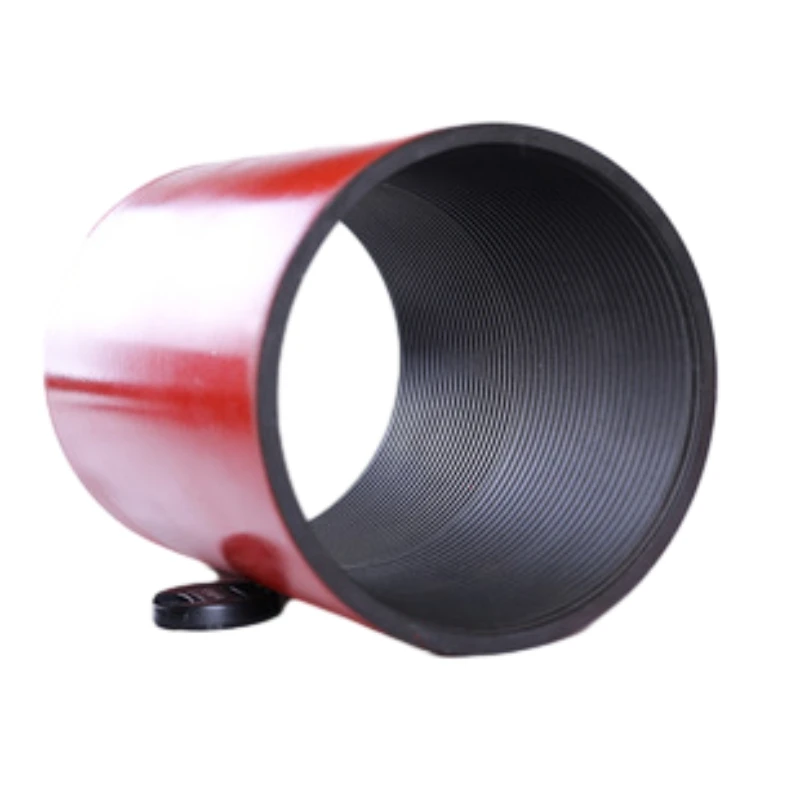- Afrikaans
- Albanian
- Amharic
- Arabic
- Armenian
- Azerbaijani
- Basque
- Belarusian
- Bengali
- Bosnian
- Bulgarian
- Catalan
- Cebuano
- Corsican
- Croatian
- Czech
- Danish
- Dutch
- English
- Esperanto
- Estonian
- Finnish
- French
- Frisian
- Galician
- Georgian
- German
- Greek
- Gujarati
- Haitian Creole
- hausa
- hawaiian
- Hebrew
- Hindi
- Miao
- Hungarian
- Icelandic
- igbo
- Indonesian
- irish
- Italian
- Japanese
- Javanese
- Kannada
- kazakh
- Khmer
- Rwandese
- Korean
- Kurdish
- Kyrgyz
- Lao
- Latin
- Latvian
- Lithuanian
- Luxembourgish
- Macedonian
- Malgashi
- Malay
- Malayalam
- Maltese
- Maori
- Marathi
- Mongolian
- Myanmar
- Nepali
- Norwegian
- Norwegian
- Occitan
- Pashto
- Persian
- Polish
- Portuguese
- Punjabi
- Romanian
- Russian
- Samoan
- Scottish Gaelic
- Serbian
- Sesotho
- Shona
- Sindhi
- Sinhala
- Slovak
- Slovenian
- Somali
- Spanish
- Sundanese
- Swahili
- Swedish
- Tagalog
- Tajik
- Tamil
- Tatar
- Telugu
- Thai
- Turkish
- Turkmen
- Ukrainian
- Urdu
- Uighur
- Uzbek
- Vietnamese
- Welsh
- Bantu
- Yiddish
- Yoruba
- Zulu
petroleum tubing coupling
Understanding Petroleum Tubing Couplings A Key Component in Oil and Gas Operations
Petroleum tubing couplings are essential components in the oil and gas industry, facilitating the seamless connection between sections of tubing in drilling and production operations. These specialized fittings play a crucial role in ensuring the efficient and safe transport of oil and gas from the wellbore to the surface. In this article, we will delve into the significance, types, materials, and functions of petroleum tubing couplings.
The Importance of Tubing Couplings
In oil drilling and production operations, tubing serves as the pathway for hydrocarbons to travel from deep within the earth to the surface. Tubing couplings act as connectors, allowing these segments of tubing to be joined together securely. This connection is vital for maintaining the pressure and integrity of the system, preventing leaks that can lead to environmental hazards and financial losses. Moreover, properly functioning couplings are essential for maintaining the overall efficiency of extraction processes, which ultimately impacts production rates.
Types of Petroleum Tubing Couplings
There are several types of petroleum tubing couplings, each designed to cater to specific requirements based on depth, pressure, and the medium being transported. The most common types include
1. Threaded Couplings These are the most widely used cuplings in petroleum engineering. They feature specific thread designs that ensure a tight seal when the tubing is connected. The effectiveness of threaded couplings depends heavily on precise machining and material selection.
2. Welded Couplings In some applications, welded couplings are preferred for their ability to create a continuous structure without the risk of leakage. However, welding requires skilled labor and careful quality control to ensure the integrity of the joint.
3. Compression Couplings These couplings use mechanical pressure to create a seal, enabling the connection of tubing without the need for threads or welding. They are particularly useful in applications where changes in temperature may result in expansion or contraction of the tubing.
4. Flanged Couplings Used primarily in larger diameter tubing, flanged couplings provide a robust connection through bolt fastening. They offer ease of assembly and disassembly, making them ideal for maintenance and inspection activities.
Materials Used in Couplings
The selection of materials for petroleum tubing couplings is critical, as these components must withstand high pressures, corrosive substances, and varying temperatures. Common materials used include
petroleum tubing coupling

- Carbon Steel Most frequently employed due to its strength and durability, carbon steel can handle high pressures and is relatively cost-effective. However, it may be prone to corrosion in aggressive environments.
- Stainless Steel For applications involving corrosive fluids, stainless steel is preferred due to its resistance to rust and pitting. Its longevity often justifies the higher cost associated with this material.
- Alloy Steels These are specially formulated to enhance strength and heat resistance. Alloy steels are often used in high-pressure and high-temperature applications.
Functions of Tubing Couplings
The primary function of petroleum tubing couplings is to provide a secure and leak-proof connection between tubing sections. However, they also serve several additional roles
1. Pressure Maintenance Couplings help maintain the pressure needed for effective hydrocarbon extraction, ensuring that production remains consistent and efficient.
2. Insulation from External Forces Couplings provide structural integrity that can withstand external forces, such as soil movement, which is crucial for maintaining the alignment of the tubing system.
3. Facilitating Maintenance Quick-disconnect couplings make it easier to perform repairs or replace sections of tubing without extensive downtime, thereby enhancing overall operational efficiency.
4. Safety Enhancements Quality couplings reduce the likelihood of incidents related to leakages, which can cause explosive hazards or environmental contamination.
Conclusion
Petroleum tubing couplings are integral to the functionality and safety of oil and gas operations. Understanding the types, materials, and functions of these components helps stakeholders make informed decisions regarding tubing system design and maintenance. As technology progresses, innovations in coupling design and materials may further enhance their performance, contributing to more efficient and sustainable petroleum extraction processes.
-
Tubing Pup Joints: Essential Components for Oil and Gas OperationsNewsJul.10,2025
-
Pup Joints: Essential Components for Reliable Drilling OperationsNewsJul.10,2025
-
Pipe Couplings: Connecting Your World EfficientlyNewsJul.10,2025
-
Mastering Oilfield Operations with Quality Tubing and CasingNewsJul.10,2025
-
High-Quality Casing Couplings for Every NeedNewsJul.10,2025
-
Boost Your Drilling Efficiency with Premium Crossover Tools & Seating NipplesNewsJul.10,2025







